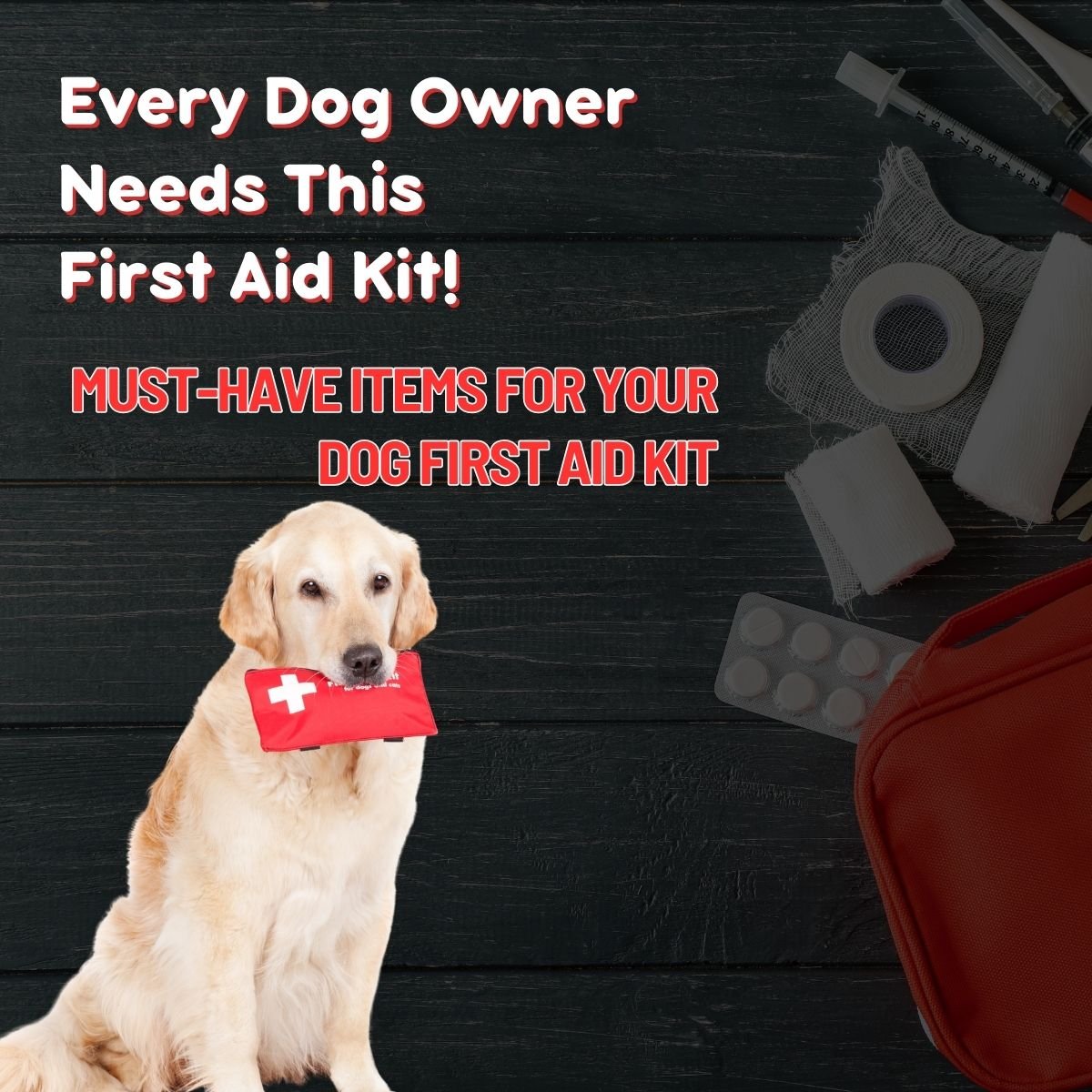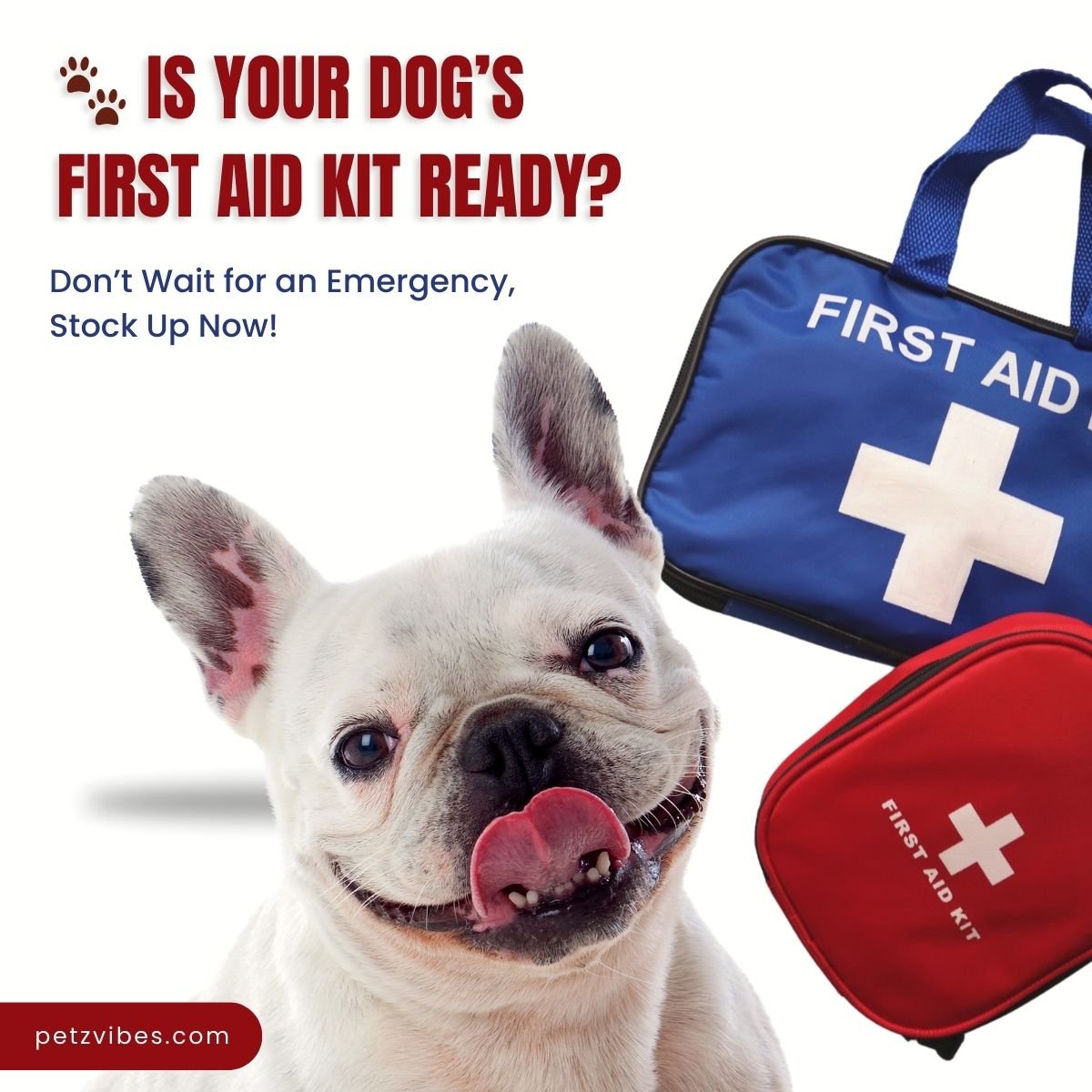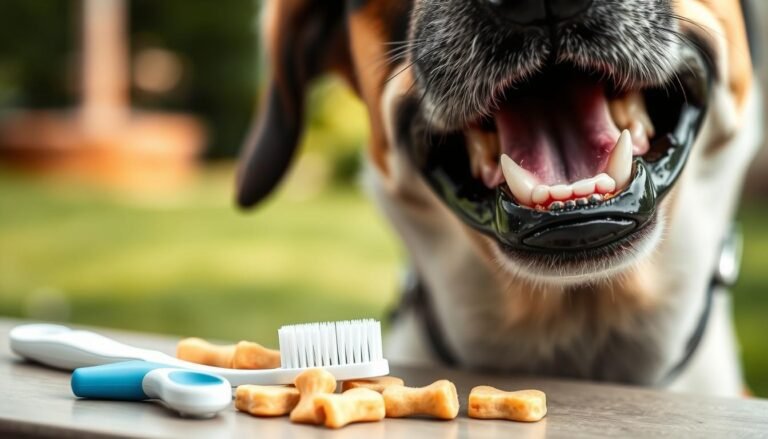Have you ever wondered what you would do if your furry friend had a sudden injury or health issue while you’re out? A dog first aid kit isn’t just a nice-to-have; it’s essential to being a responsible pet owner. Rest assured, this guide will take you step-by-step through building the perfect first aid kit for your dog.
Why You Need a Dog First Aid Kit
Your dog is a beloved family member, so their safety and well-being are paramount. Having a first aid kit for dogs can save you time and stress in emergencies. Imagine being on a hiking trip, miles away from the nearest vet, and your dog gets a cut or an insect bite. With a well-stocked first aid kit, you can handle minor accidents promptly and efficiently, possibly preventing future complications or infections.
Assessing Your Dog’s Specific Needs
Just like humans, every dog has unique needs. Factors such as age, breed, and medical history influence what you should include in your first aid kit. For example, if your dog has allergies, adding antihistamines or an EpiPen might be crucial. It’s always beneficial to chat with your vet when customizing your kit to tailor it specifically to your dog’s needs.
Essential Items for Your Dog First Aid Kit
When creating a first aid kit, certain items are fundamental regardless of your dog’s needs. Let’s dig into these essentials:
1. Wound Care
- Gauze Pads and Bandages: Gauze pads are a must for covering wounds and stopping bleeding. Flexible bandages can secure them in place.
- Adhesive Tape: Ensure you get a hypoallergenic tape to avoid causing additional skin irritation.
- Antiseptic Wipes and Solution: These help clean wounds effectively. Opt for pet-specific antiseptics to avoid irritating your dog’s skin.
2. Necessary Tools
- Tweezers and Scissors: Tweezers are crucial for removing splinters or ticks, while scissors help cut gauze or bandages to the right size.
- Digital Thermometer: It can be crucial to monitor your dog’s temperature. Get a digital one for the quickest and most accurate reading.
- Gloves: Disposable gloves keep both you and your pet safe from infections as you provide care.
3. Medications
- Antihistamines: Great for allergic reactions, but remember to consult your vet for the appropriate type and dosage.
- Activated Charcoal: If your dog accidentally ingests a toxin, activated charcoal can sometimes slow down poison absorption. Again, seek veterinary advice before using it.
- Saline Solution: Perfect for flushing out eyes or cleaning wounds.
4. Comfort Items
- Blanket: A lightweight blanket can provide warmth or immobilize your dog.
- Muzzle: Even the gentlest dogs can become scared or aggressive when hurt. A muzzle keeps everyone safe.
- Chew Toy: Having a favorite toy can help comfort your dog, distracting them from pain or discomfort.
5. Important Extras
- Flashlight: Vital for nighttime emergencies or to closely inspect a wound.
- Contact Information: Keep a card with your vet’s contact information in your kit. Quick access can be invaluable in an emergency.
Table: Basic Checklist
| Item | Purpose |
|---|---|
| Gauze Pads | For covering wounds |
| Adhesive Tape | Securing bandages |
| Antiseptic Solution | Cleaning wounds |
| Tweezers | Removing splinters or ticks |
| Digital Thermometer | Checking temperature |
| Gloves | Infection control |
| Antihistamines | Allergy management |
| Activated Charcoal | Handling toxin ingestion |
| Saline Solution | Cleaning wounds or eyes |
| Blanket | Warmth and comfort |
| Muzzle | Safety in emergencies |
| Chew Toy | Comfort for your dog |
| Flashlight | Visibility during emergencies |
| Vet Contact Info | Quick access to veterinary help |
Customizing the Kit

While the essentials form the baseline of your kit, customization ensures you’re prepared for scenarios specific to your dog’s lifestyle and environment. Here’s how you can tailor your first aid kit:
Consider Your Dog’s Lifestyle
- Active Dogs: If your dog is highly active, consider adding a paw balm or cream to handle cuts and soreness in the paws.
- Older Dogs: Joint supplements or pain relief might benefit older dogs.
Geographic Considerations
- Hot Climates: If you live in a hot climate, include a cooling gel or blanket to prevent heatstroke.
- Cold Climates: For more frigid regions, pack hand warmers to keep your dog warm during unexpected temperature drops.
Known Health Issues
If your dog suffers from specific health conditions, like epilepsy, ensure you have the necessary medications and written instructions on handling seizures.
Keeping Your Kit Up-to-date
Building your first aid kit is just the beginning. Regular checks are key to ensuring it’s always ready when you need it.
1. Regular Inventory Checks
Aim to check the contents of your kit every 3 to 6 months. This involves ensuring that no item has expired and that any used items are replaced promptly.
2. Replace Expired Items
Expired medications or antiseptics may lose efficacy. Stay on top of expiration dates to ensure all components are in working order.
3. Adapt to Changing Needs
As your dog ages or if there are changes in his health status, you might need to adjust the items in your kit.
Educate Yourself
A first aid kit is significantly more helpful when you know how to use the items inside it effectively.
1. First Aid Training
Consider attending a pet first aid course. The skills you gain can be indispensable during an emergency, giving you the confidence and knowledge to address various situations.
2. Instruction Book or App
Consistent access to information can be invaluable. Keep a pet first aid manual in the kit, or download a pet first aid app on your phone for quick guidance from reputable pet organizations.
Scenarios You Should Be Prepared For
Though predicting every possible scenario is impossible, preparing for common emergencies can offer peace of mind.
1. Cuts and Wounds
Dogs can easily get cuts from sharp terrain or objects outdoors. Clean the wound with antiseptic solution, apply gauze, and secure it with adhesive tape.
2. Digestive Distress
Activated charcoal may be used if your dog ingests something they shouldn’t. However, it’s essential to contact your vet immediately for instructions.
3. Heat Exhaustion
Signs of heat exhaustion can include excessive panting and drooling. Moving your pet to a cooler area, providing fresh water, and using a cooling gel or pad can help manage the situation.
4. Allergic Reactions
Swelling or hives might indicate an allergic reaction. Antihistamines can be useful, but this requires prompt veterinary advice.
Conclusion
Creating a dog first aid kit is a proactive step towards ensuring your furry friend’s health and safety. With these essentials and a tailored approach based on your dog’s unique needs, you’ll be well-equipped to handle various situations. Plus, with regular upkeep and some first aid knowledge, you can ensure that your care kit effectively provides prompt attention during emergencies. Remember, preparedness is key, and your efforts can make all the difference in your dog’s time of need.






